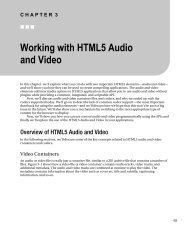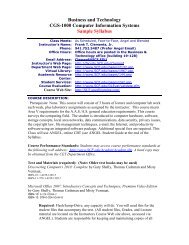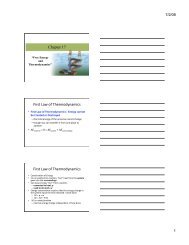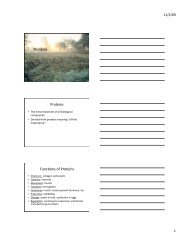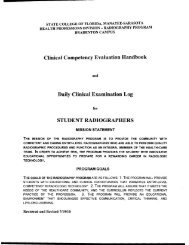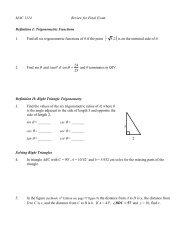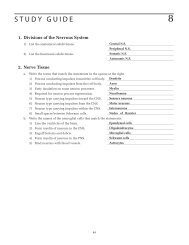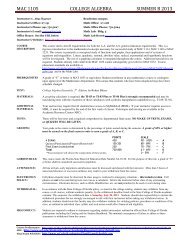Life and Nature - Scf - State College of Florida
Life and Nature - Scf - State College of Florida
Life and Nature - Scf - State College of Florida
You also want an ePaper? Increase the reach of your titles
YUMPU automatically turns print PDFs into web optimized ePapers that Google loves.
W.B. Yeats<br />
W.B. Yeats, or William Butler Yeats, was born in S<strong>and</strong>ymount, County Dublin, Irel<strong>and</strong> on<br />
June 13, 1865. He spent some time in Engl<strong>and</strong> as a child, but always had Irel<strong>and</strong> in his heart<br />
throughout the rest <strong>of</strong> his life. Because <strong>of</strong> that love, Yeats earned the honor <strong>of</strong> being called “the<br />
preeminent Irish poet <strong>of</strong> the twentieth century” by Alison Booth in The Norton Introduction to<br />
Literature (1171). Booth also believes that he is “regarded as one <strong>of</strong> the greatest lyric poets in the<br />
English language” (1171). Yeats attended art school to further embrace his interest in “Irish history,<br />
folklore, [mythology], <strong>and</strong> politics” (1171) before moving on to writing “dreamy <strong>and</strong> ethereal” poetry<br />
(1171). His involvement with Irish nationalism caused his work to become more “tighter, concrete,<br />
direct, <strong>and</strong> passionate” (1171). In a way Irish nationalism shaped Yeats <strong>and</strong> the work he produced.<br />
Other influences on his work were Maude Gonne (an actress), Friedrich Nietzsche (German<br />
philosopher), <strong>and</strong> Ezra Pound (American Poet). Along with<br />
supporting Irish nationalism, Yeats was a part <strong>of</strong> the Irish, or Celtic,<br />
Revival to “rejuvenate…Irish literature <strong>and</strong> culture” (1171). His culture<br />
was an important part <strong>of</strong> his life as an Irishman, which is why “his early<br />
poetry <strong>and</strong> plays [drew] heavily on the oral folk traditions” (1171). As<br />
the years passed <strong>and</strong> Modernist movement grew, Yeats became more<br />
<strong>and</strong> more interested in subjects outside <strong>of</strong> Irel<strong>and</strong>, “including WWI, the<br />
spiritualist movement, <strong>and</strong>… psychology” (1171). He also took a very<br />
modernist approach when he tried to “rejuvenate the Protestant<br />
Christianity <strong>of</strong> his ancestors,” which was a common reaction to artists<br />
<strong>of</strong> the time towards the materialistic <strong>and</strong> rationalistic spirit <strong>of</strong> the age<br />
(1171-1172).




